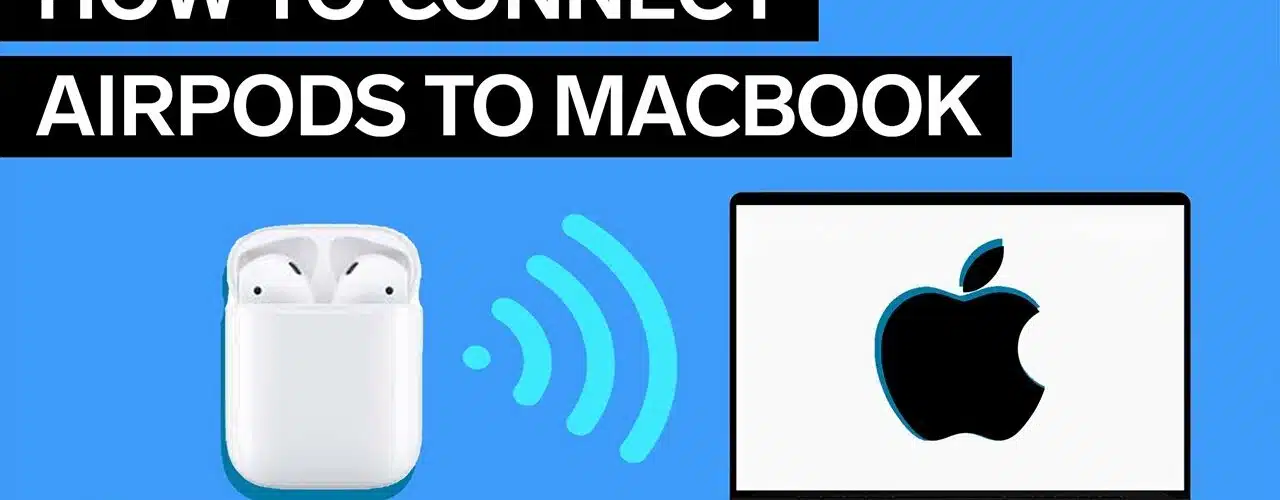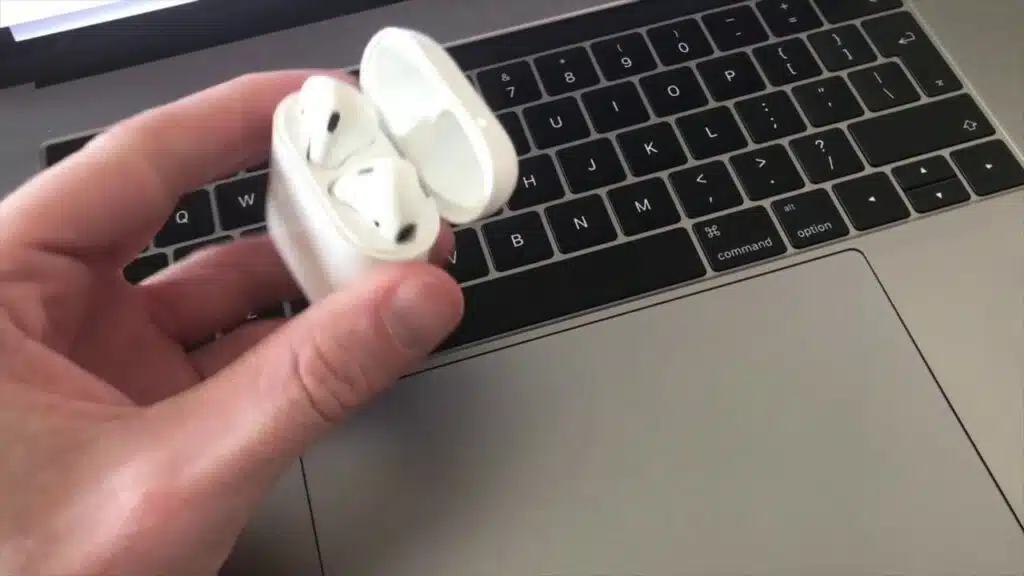Table of Contents
How To Connect AirPods To Mac?
How To Connect AirPods To Mac? Apple’s AirPods aren’t just for iPhones; they also work well with Mac desktops and laptops. Providing your MacBook Pro and Mac are compatible, the AirPods should automatically pair when you open them on your computer.
If not, you’ll need to open your Mac’s Bluetooth preferences (previously called System Preferences) and connect manually.
Connecting to a Mac:
Apple’s AirPods work seamlessly with iPhones, but they also pair and connect automatically to Mac computers running the latest version of the operating system. This makes them a great choice for watching videos on your laptop or conducting video chats with friends and family.
You can control the playback of music on your computer via your AirPods, as well. A single tap on one of the buds plays or pauses the audio. A double tap skips forward or backward a track. If you remove the headphones, audio stops playing on your computer speakers, and playback resumes from where it was paused.
If you’re using the latest generation of AirPods. They will automatically connect to your Mac if you have the wireless earbuds in their charging. Case and both your iPhone and MacBook are powered on and within range. The pair should also be connected to the same iCloud account.
If you’re using older AirPods or AirPods Pro. Open the case and push the Setup button on the back of the case for a few seconds until a status light blinks white. Click Connect when your AirPods appear in the list of Bluetooth devices on your Mac. You can also choose settings for your AirPods from the Bluetooth preferences window, including what action a double-tap on one of the earbuds triggers and whether to automatically use your AirPods as microphones during calls or FaceTime conversations.
Syncing with a Mac:
One of the great things about AirPods is that they connect automatically to your Mac and other Apple devices. That’s because they’re linked with iCloud, which is part of the operating system.
You can also manually connect them to your Mac. Even if they’re currently connected to another device such as an iPhone. Make sure you’re signed in to the same iCloud account on all your devices. Then follow these steps:
On the iPhone, open Settings and select the AirPods you want to connect. Tap the “i” (information) icon and choose which AirPod should be the all-time microphone. You can also select which audio source to play on each pair of AirPods. On the Mac, open System Preferences and click Bluetooth. With the AirPods case closed and the lid open. Hold the setup button on the back of the case for up to 15 seconds. The status light on the front of the case should flash white. Then bring the case close to your Mac and wait for it to connect.
Once connected, the sound should start playing from your AirPods. And you’ll be able to change the volume or skip tracks by double-tapping an earbud. You can even switch between the noise cancelation and transparency modes, and check your AirPods battery level, on your Mac.
If you’re still experiencing problems, try restarting your. AirPods and checking that the AirPods are selected as your default audio output. If that doesn’t work, you can download a third-party app. Such as ToothFairy to help manage your Bluetooth connections and audio routing.
Switching to a Mac:
Since AirPods are linked to your iCloud account, they automatically connect to any Apple device signed in with the same Apple ID. This makes it easy to switch from listening to music on your iPhone to watching a video on your Mac, for example. However, it can also lead to confusion when the AirPods pair to a different device than you intended.
The solution is simple enough if you know how to turn off automatic switching between devices on your iPhone, iPad, or Mac. You can also change when AirPods connect to your Mac from the Bluetooth preferences.
On your iPhone or iPad, go to Settings > [your AirPods]. Tap the More info button next to your AirPods in the list of devices, then tap Connect to this iPhone/iPad or When last connected to this Mac.
Alternatively, on your updated Mac, open System Preferences (previously called Control Center), click the Apple menu and select System Preferences > Bluetooth. If your AirPods are in their case and the lid is open, bring them near your Mac and press and hold the setup button on the back of the case for up to 10 seconds until the status light flashes white.
In the Bluetooth preferences, make sure your AirPods are checked as your audio output device and not other devices or speakers. Now when you open your Mac Music app, the song plays through your AirPods and pauses when you take them out. Taking them out again will switch playback to your Mac’s speakers.
Troubleshooting:
If your AirPods aren’t connecting to a Mac, there are a few things you can try. First, make sure your AirPods and charging case are charged and turned on. Also, make sure your Mac is running a recent version of macOS. All Apple devices work best when they have the latest software and operating system versions.
You can check if your computer is updated by clicking the Control Center icon and selecting the Bluetooth option in the dropdown menu. If you still have trouble, try restarting your Mac. Restarting flushes cache files and clears RAM, and it can fix a wide range of problems, including AirPod connection issues.
It’s also possible that the AirPods are already connected to another device, such as an iPhone or iPad. To reset the AirPods, press and hold the setup button on the back of the charging case for about 15 seconds with the lid open. The status light should start to flash amber and then white. Once the AirPods are reset, you can connect them to your Mac.
If you’re having trouble connecting to iTunes, iCloud, or other Apple services, it might be a good idea to change the account that your AirPods are associated with on your MacBook. However, be careful, as changing the account associated with your earbuds could cause you to lose data, playlists, messages, and apps that you’ve downloaded.






Add comment